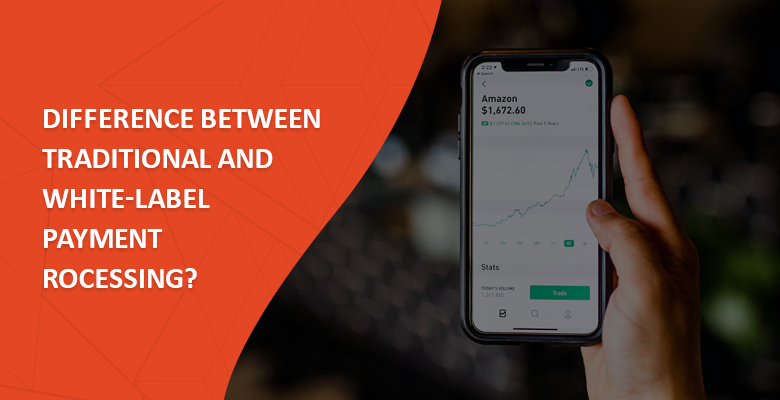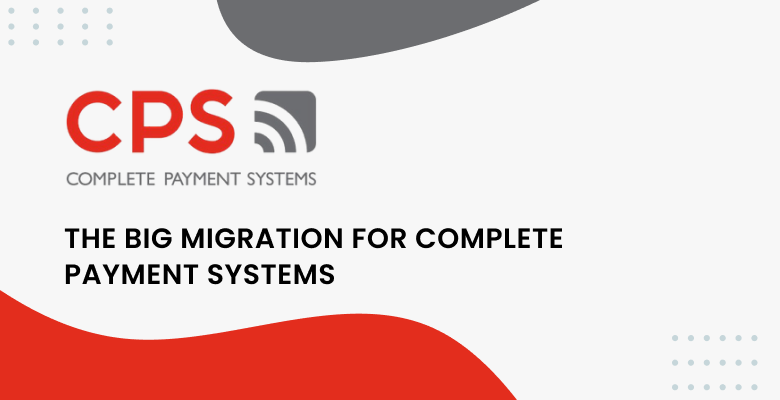
With the growing popularity of online shopping and cross-border e-commerce, the demand for payment processing is ever so high. Online merchants faced with the necessity to process all of their payments online are in a never-ending search for better solutions. Quite recently the landscape of the market was drastically changed with the emergence of white-label payment processing, which is becoming increasingly popular among those researching how to become a payment aggregator. And in this article, we’ll explore both of these processing models, look into their pros and cons, and help you better understand which one will work best for your business.
But first, let’s discuss the notion of “payment processing” and how it fits within a typical payment processing business model.
What is payment processing?
Payment processing, in its essence, is a process or a payment flow that occurs right after the customer clicks “Pay Now”. Thus, the main payment processing goal is to facilitate all the necessary steps to authenticate and verify a transaction and then transfer the funds from the customer’s to the merchant’s account.
Among parties involved in online payment processing are a customer, a payment processor, a merchant (or a business owner), a payment system like Akurateco, an issuing and an acquiring bank, and a credit card company.
There are three ways how a merchant can receive transactions on their websites:
- Own payment gateway.
- Third-party payment gateway (with redirections).
- A white-label payment gateway.
Let’s look at each of these options in greater detail.
How to create your own payment gateway
Creating your own payment gateway is by far the most resources and time-consuming of all these ways. It starts with hiring a team of payment technology experts to develop and, consequently, maintain your payment gateway. Then it requires obtaining a license, establishing business relationships with banks, and integrating a number of payment methods to meet the needs of your existing and potential clients in case you decide to expand your business.
All in all, the process of developing your own payment gateway will take months of active development and later will eat up a great deal of your budget in continuous upgrades, technical support, bug fixing, and general maintenance of the system.
This is a way to go for large corporations that can afford an in-house expert team to do the hard work behind the payment gateway. However, if you’re a smaller company or just don’t want to take the risk, you might want to consider one of the next options.
You might also like Best payment processing software for online business
What is traditional payment processing?
Traditional payment processing occurs when a merchant integrates a third-party payment gateway into his system. This way the system redirects the customer to a payment page on the processor’s side.
Studies show that redirections often confuse users causing a lot of them to abandon the cart. The reason lies in the lack of trust. The customer might trust you as a merchant if he did his research and read the reviews. However, when the payment page he’s redirected to is owned and run by a third party he’s not familiar with, the user might feel frustrated and discouraged.
That is why going for a payment gateway you can embed into your website or fully brand following your company’s style guidelines can help you capture more revenue by keeping a bigger share of the clients on your site. This method of payment processing is known as “white-label payment processing,” and we’ll talk about it next using Akurateco as an example.
What’s white-label payment processing?
White-label payment processing is a way to process transactions using third-party payment technology fully-branded after your company’s brand identity guidelines. As a merchant, you get to sell technology developed and supported by an external team of payment experts. In the meantime, your customers will perceive the system as your own. It will have your company logo, colors, and other corporate-style indicators.
It’s right there in the name. Imagine buying a product but instead of the logo of the producer, there’s a blank white space. You get to snap your logo on it and sell it as your own. You get the credit for a job well done, and you don’t have to carry the burden of maintaining the software, expanding the feature base, and implementing new industry-specific changes and upgrades. All of these are on Akurateco’s expert team, relentlessly working on its functionality.
White-label payment processing best fits the need of small and medium-sized businesses with multiple payment channels as well as payment processors aiming to consolidate their payment data in a single platform.
You might also like Best White-Label Payment Gateway Software in 2021
How to choose the best option for your business
Payment processing can eat up a great chunk of your budget unless chosen wisely. Therefore, we recommend doing your research before committing.
- Identify the type of processing you need.
Analyze the size of your client base, average sales volume you need processed every month, and the speed of market growth. Thus, if you’re running a seven-figure business, then developing your own payment gateway can be an option. You’ll save on commissions and will be able to manage all of the transaction flow from within the company. It’ll be faster and more efficient.
However, if you’re just starting, look into outsourcing your payment processing to a third party or even going white-label all the way. The latter option helps you convert more customers. And if you’re looking for a white-label payment solution, Akurateco’s here to help. - Compare available software providers.
Don’t be rushed into making a decision. With the growing popularity of online shopping, the payment processing market is growing and expanding in leaps and bounds. Therefore, your options are many. And it’s easy to fall victim to good marketing for a poorly delivered product. So, to avoid this, look into:
- Reviews.
Look for case studies and real reviews on trustworthy platforms. Keep your eyes open. Alternatively, ask around about a provider of your interest. - Rates.
This is a no-brainer. Rates will vary depending on your industry, product, and sales volume. But no matter what your business is, there’s always wiggle room in pricing. So, shop around before sealing the deal. - Flexibility.
Can the provider customize the platform to the specific needs of your business? Are they ready to integrate new payment methods your target audience is most comfortable with? Does the technical support react fast and solve the issues right away? These are all very important issues. Time is money. In your case, it literally is. So, the system must be nothing short of perfect. - Payment methods.
Does the software have all the payment methods you need integrated? If not, how long will it take to set them up? For instance, at Akurateco, a new payment method can be up and running in under a week. - Features.
The set of features you require depend on your business type. Thus, if you run a high-risk business, you should be looking for smart routing, cascading, and cutting-edge fraud and chargeback prevention systems. On the other hand, low-risk businesses should consider outsourcing their payments to a provider with affordable recurring billing, a flexible fee structure, and a fee calendar.
These are basic recommendations to help you better choose a payment processor for your business. The list of requirements will change on a case-by-case basis.
Over to you
All in all, if you’re leaning towards choosing a white-label payment software, Akurateco is a great choice. We’ve used our 16+ years of experience in the payment experience to create a truly outstanding piece of software. To see what the system has to offer, don’t hesitate to apply for a free Demo here.





